
SeaWorld’s new Shark Wreck Reef and Mako hypercoaster are designed for high-speed thrills and all-out fun for theme-park guests, but there also are a lot of educational aspects to the realm, as well. Riders can get a firsthand lesson about science concepts such as velocity and G forces while speeding around the track. Plus, visitors can learn about shark conservation through games and a park-wide scavenger hunt.
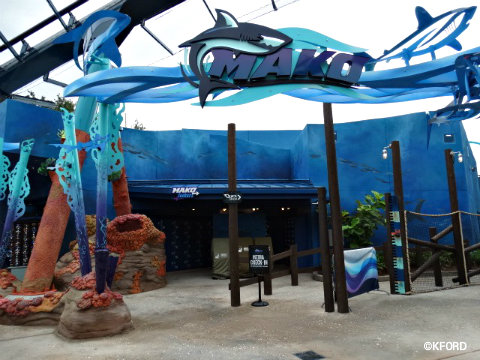
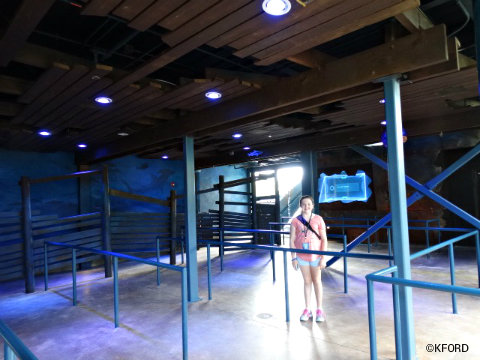
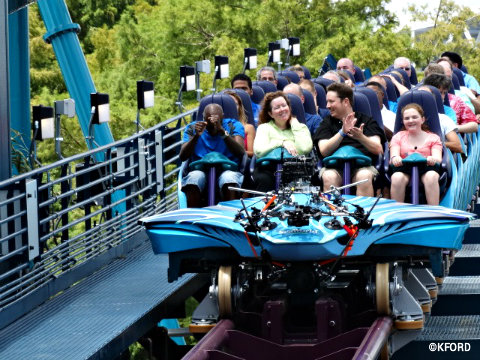
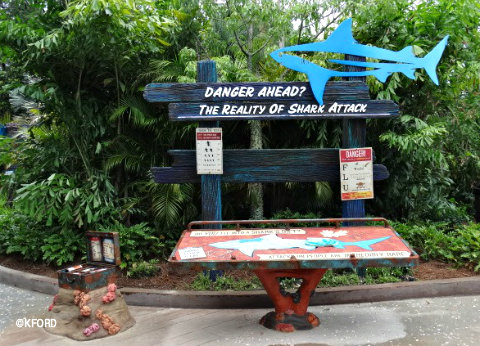
My own children spoke with some of the experts involved in the creation of these new experiences: Mike Denninger, vice president of theme park development and design; Brian Morrow, vice president of theme park experience and design; and Jim Kinsier, assistant curator of fishes. Here’s what they had to say about the newest additions to SeaWorld Orlando.
From an engineering standpoint, where is the best place on the coaster train to ride?
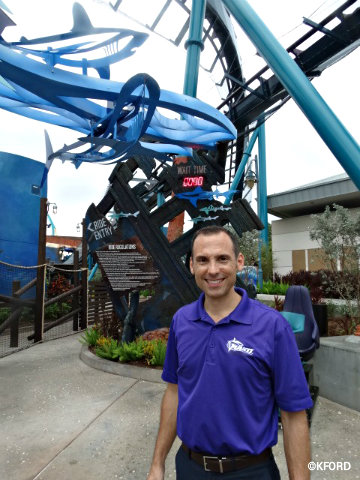
Denninger: Back row is always where you’re going to get the most forces. The reason is because as you come over the hill, the front of the train is going over and the back is still coming up so it slows down the front slightly. But as you get to the bottom of the hill and go through the valley, the front has already gone through that element so there is more velocity pulling the train, so you get more forces in the back.
What can kids learn about physics from the Mako coaster?
Denninger: We take you on a physics journey when you ride Mako. This is all about accelerations and forces, so as you drop the first hill, gravity is all there is pulling you down so the forces of the coaster as it goes through the elements of the ride, which are all really crafted specifically to deliver different forces on you, forces that counteract gravity, make you feel like you’re floating.
How is the engineering of the ride inspired by a mako shark?
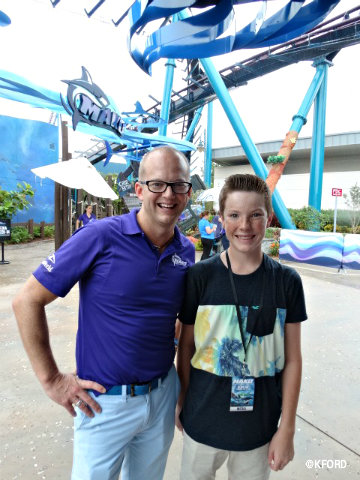
Morrow: You wouldn’t believe, but it’s pretty straight forward: We go online and we look at videos of mako sharks swimming … and we also have our own footage of mako sharks that we shot in the wild. We learn how these animals move, how they hunt, how fast they can move and how they chase their prey. And most importantly for a mako shark, it’s highly unique: It can breach up out of the water and dive back in. And, to us, this movement feels a lot like a really good hypercoaster.
What do you wants guests to know about sharks?
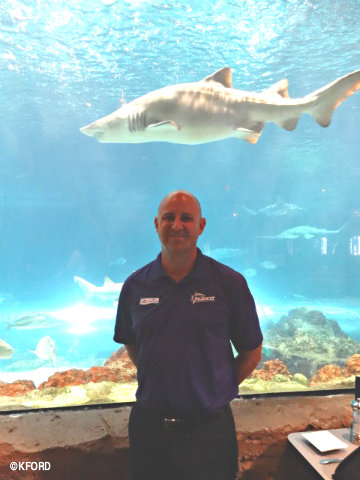
Kinsier: Sharks are largely misunderstood. A lot of guests will ask us if they’re dangerous. Well, in fact, they are not. Even though there are folks who get bitten by sharks every year, it’s a very, very small percentage. When you consider the fact that there are billions of hours spent in the water, swimming or scuba diving, the chances of seeing sharks are very minute. In fact, you’re more likely to get struck by lightning or fall off a ladder or something of that effect than to get bitten by a shark.
Once guests are educated, how can guests help with shark conservation?
Kinsier: The key to the whole realm here, with Mako and the Shark Encounter and where we are now, the shark restaurant, is that we want people to understand the importance of sharks. So, one thing that people can do is that if they eat seafood or buy seafood, make sure it comes from a sustainable source. One of the issues of shark loss in the ocean is bi-catch. That’s where fishermen go out and catch other species of fish for food and they accidentally catch the sharks. That’s a great way for folks to help with conservation.
Shark Encounter also has a brand-new exhibit called “Rising Tide,” which is very significant because it teaches our guests how we’re trying to sustain and breed tropical fish for the fish hobby, where people go into pet stores and buy different species of fish that are collected from the wild. The Rising Tide initiative is to get groups of people to come up with methods to be able to raise these fish and prevent us from collecting them from the wild.
Are there any hidden features in Shark Wreck Reef that visitors should look for?
Morrow: Shark Wreck Reef is a place where the ships have fallen to the bottom and the fish and the barnacles have come back, and so have the sharks. So, while you’re walking around the land, count 45 different sharks, all different species. We’ve actually identified them as well, so you can see the diversity of sharks as well — from the world’s longest shark, a whale shark, is in the pavement (big hint) and the smallest shark is a pup shark, six inches long, is actually very close to the whale shark, and everything in between, including the mako sharks, which are represented in the sign [above the attraction entrance].
Do you have any tips for beating the lines for Mako?
Denninger: We have Quick Queue for this ride and I would recommend it.
Morrow: Get here early. Get here early. Get here early. We open the park at 9, but I’m guessing they will be opening the gates earlier each morning to deal with the crowds. That’s the best way to get in early. Mako is a high-capacity, thrill-ride machine so we can run a lot of people through her, but there’s going to be a high demand because it’s been a long time since Orlando’s had anything this fast, this tall or this long.
DISCLAIMER: My family and I are annual pass members at SeaWorld Orlando. However, our admission was complimentary and we were given access to ride Mako and interview team members on Mako media day.


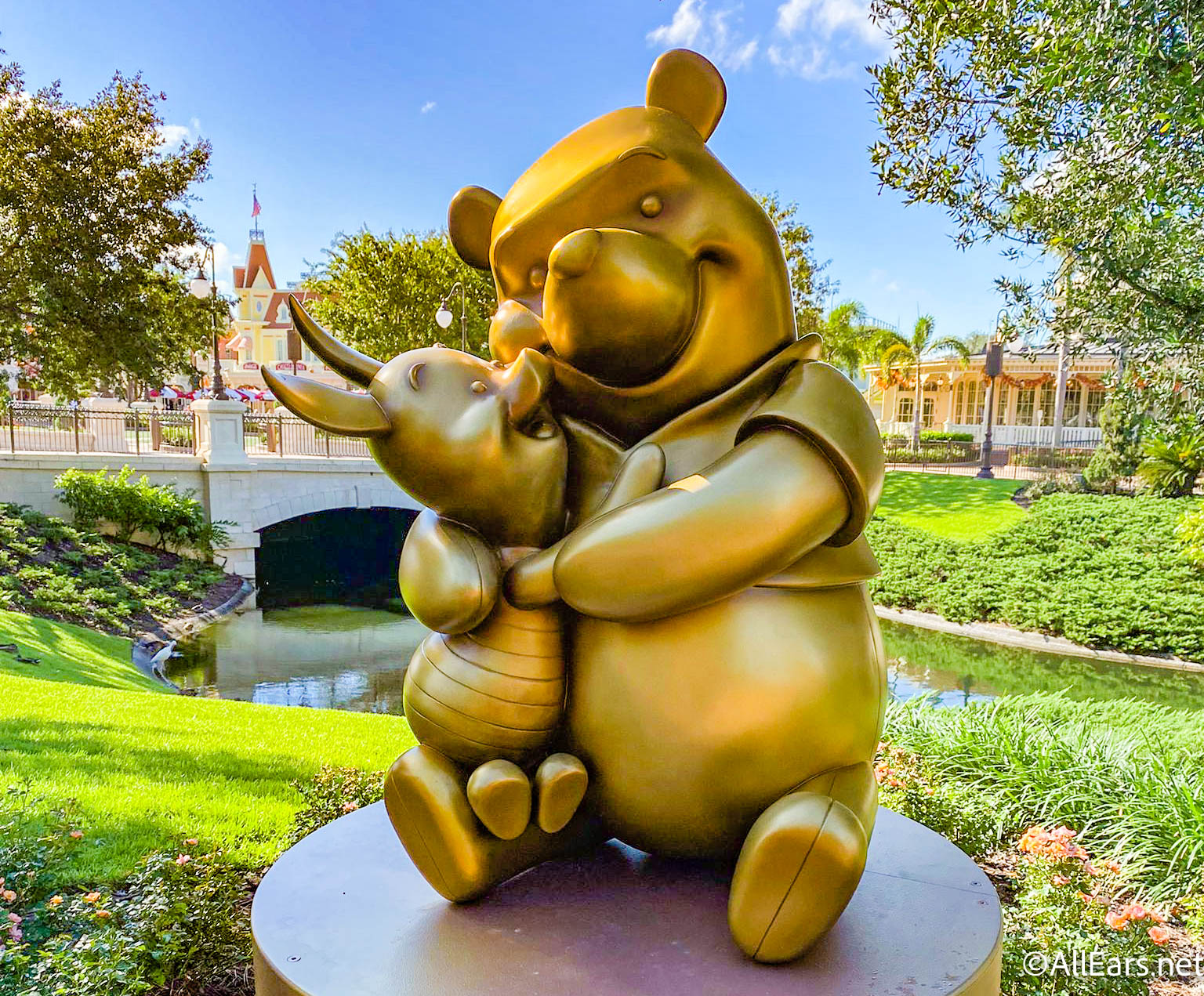
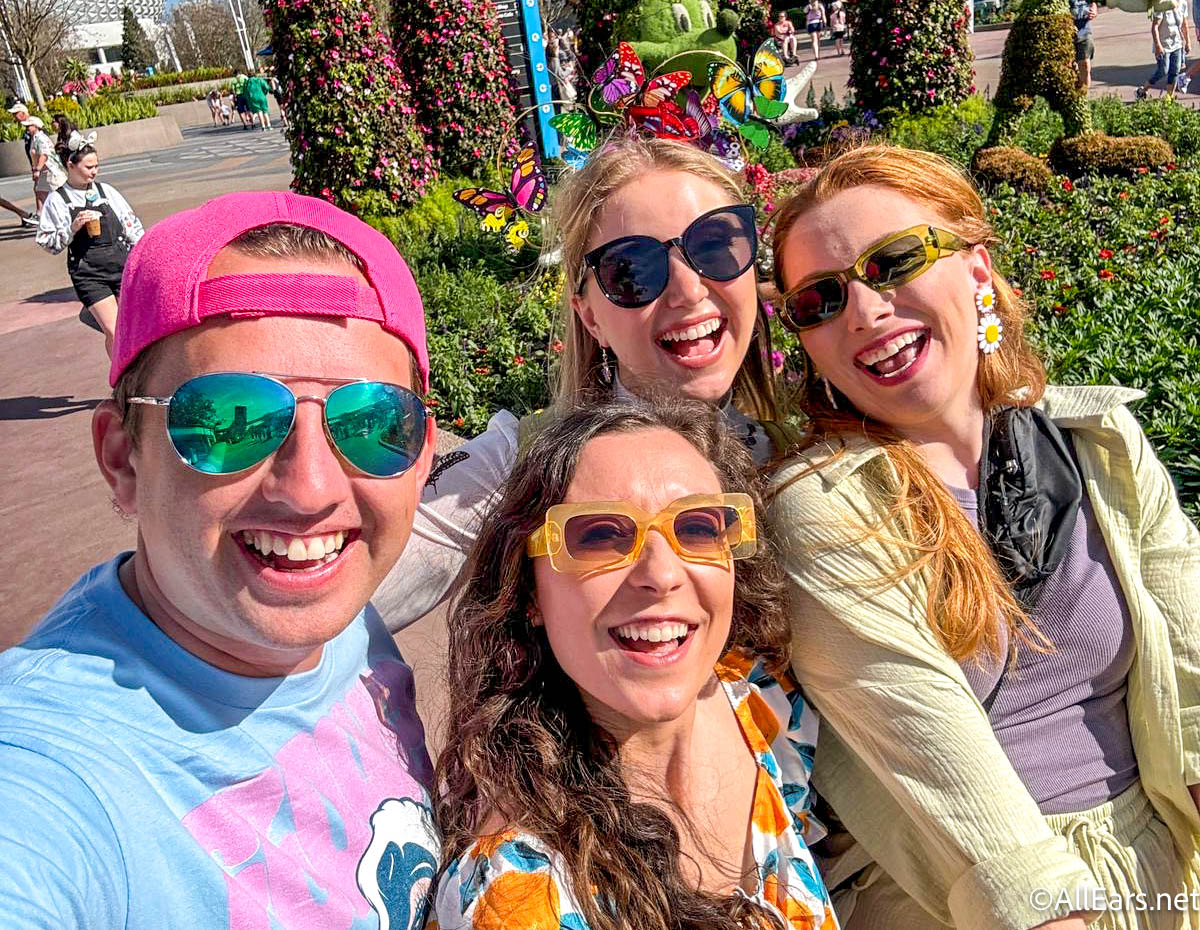
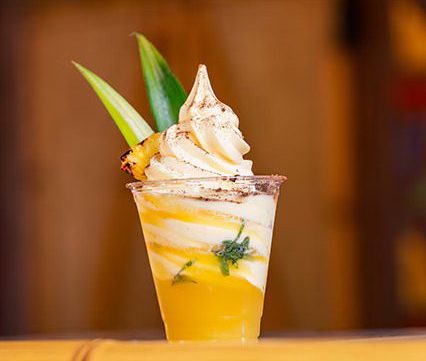
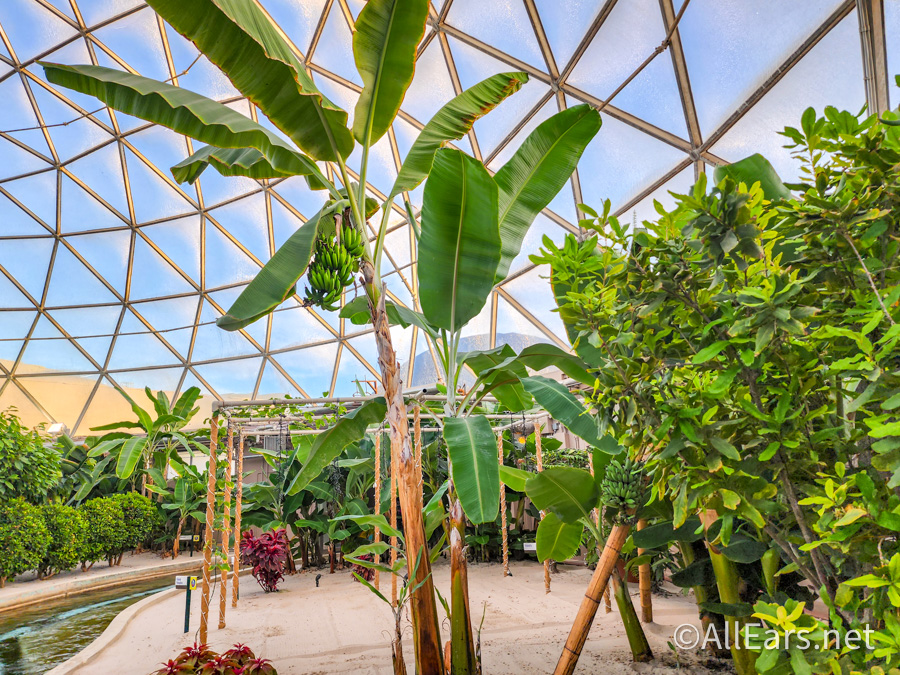


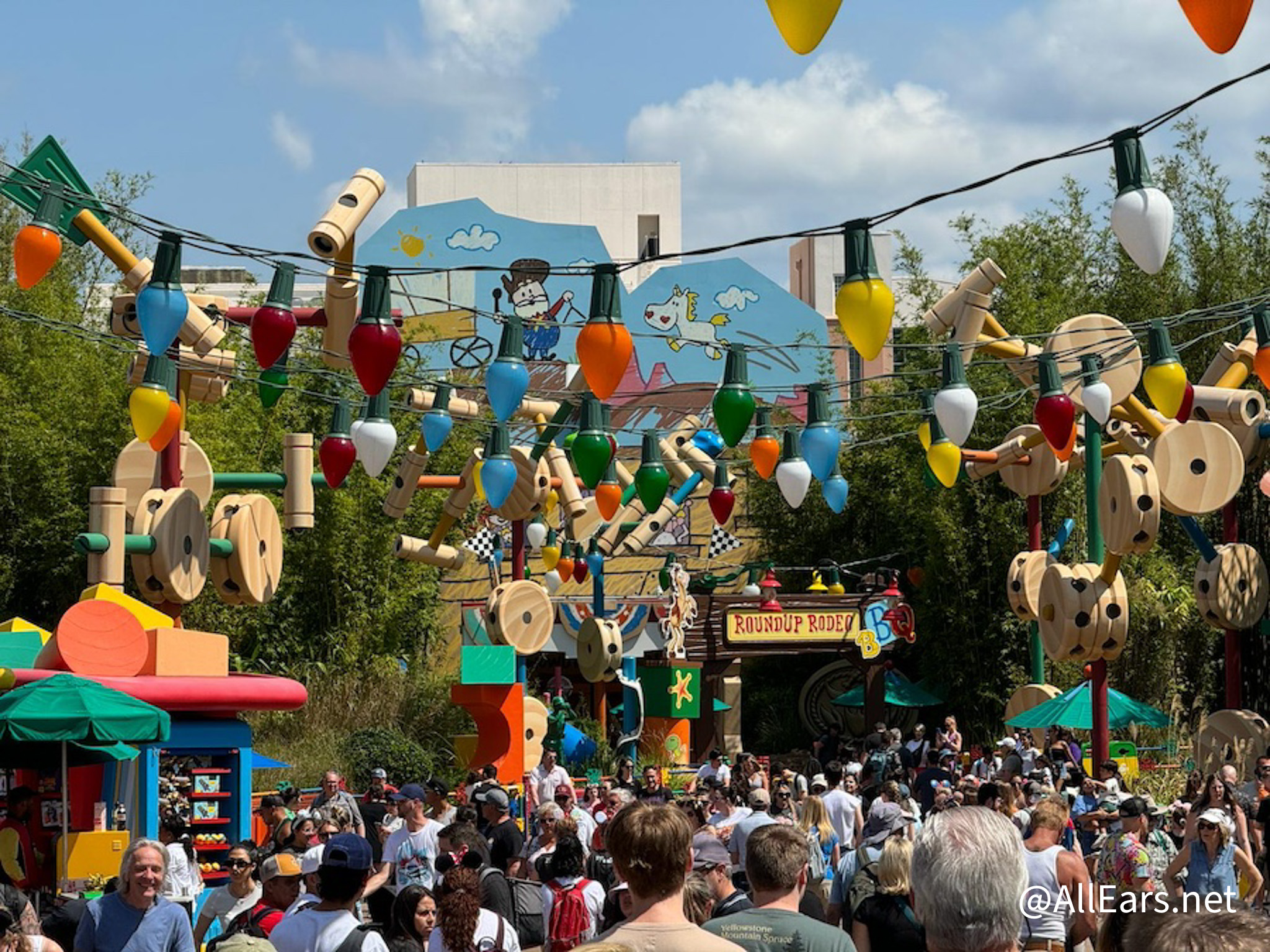

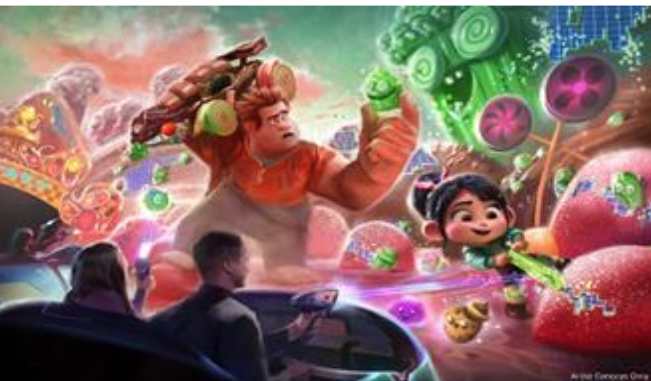


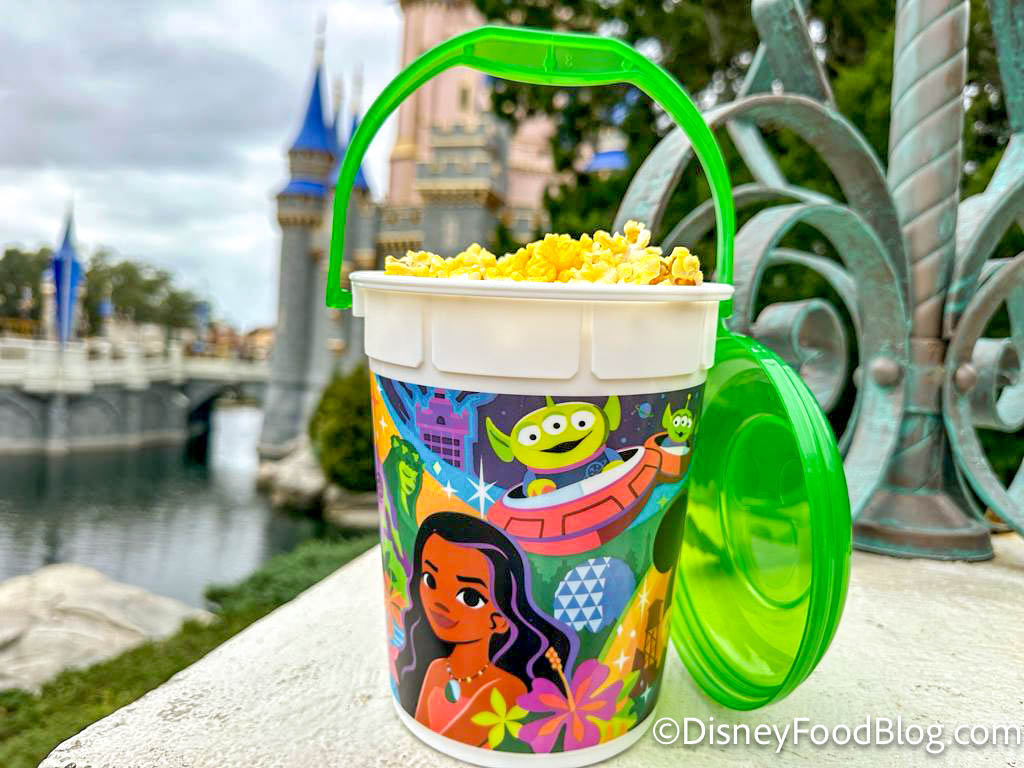






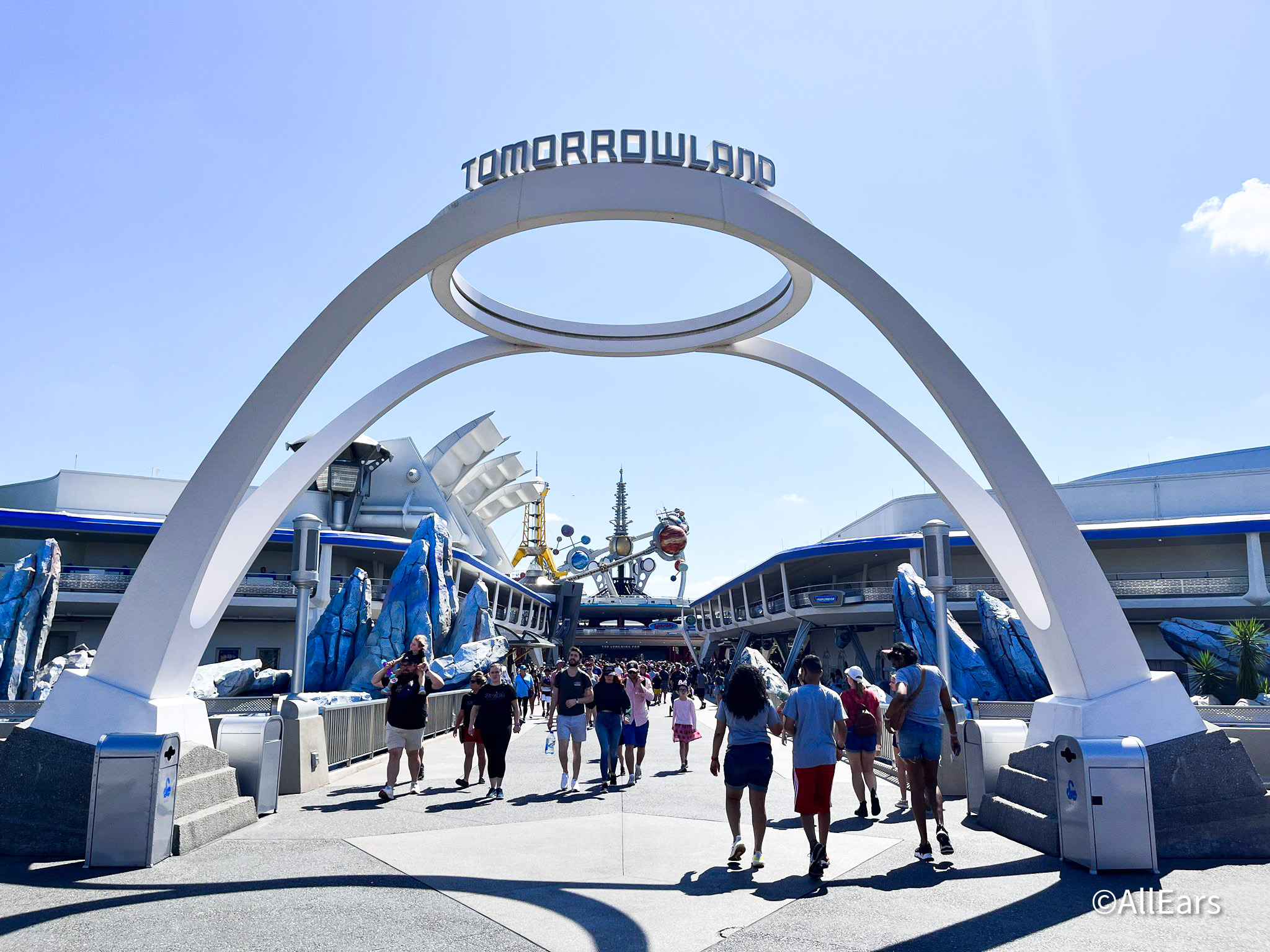
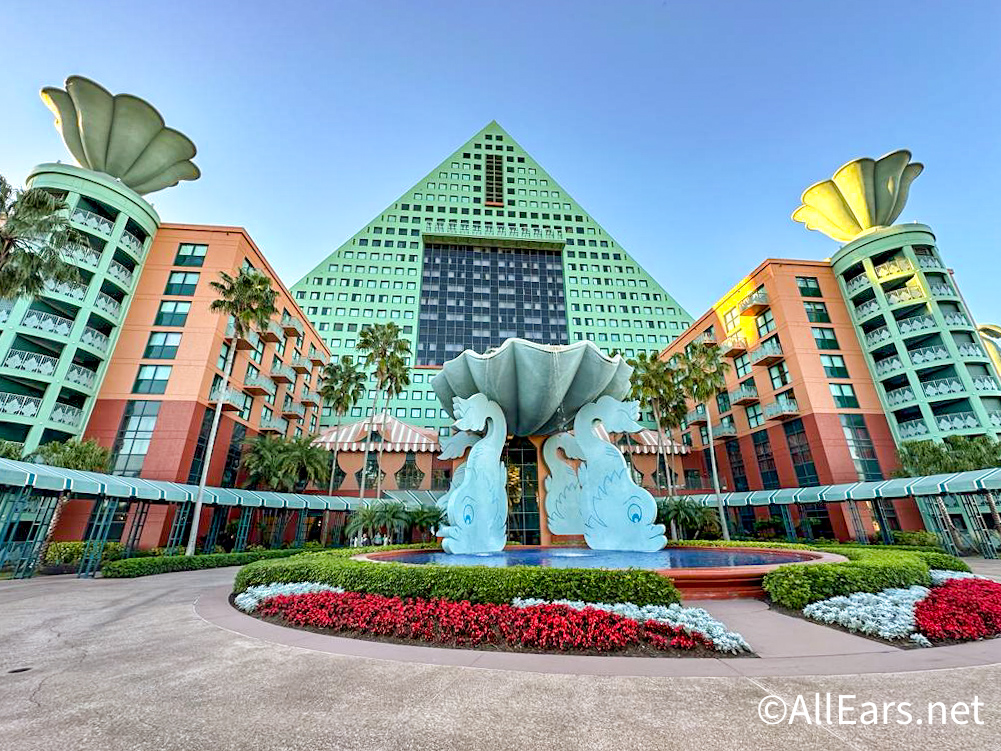

Trending Now
We bet we'll be seeing a LOT of people in these new Amazon shirts in...
Join us on YouTube this Saturday morning for a LIVE premiere of the AllEars Team...
Full look at treats and snacks coming to the Disney Parks for Asian American and...
An iconic EPCOT ride got a bit of a refresh recently!
Here are some Disney household items on sale right now from Amazon!
We found your perfect Hollywood Studios tee.
Hollywood Studios was sold out... AND WE WERE THERE.
From time to time, rides and attractions are taken out of production temporarily for various...
Buzz Lightyear's Astro Blasters is permanently closing to make way for a new Wreck-It-Ralph attraction!
Welcome a new store to Disney Springs with us!
Surprise! Downtown Disney just opened some brand new restaurants!
Traditional, character-shaped, or cultural celebration -- these are the popcorn buckets that Disney has released...
Southwest Airlines is dropping four airports off its roster!
What kind of Magic Kingdom fan are you?
We would love to know what Disney World is planning for this abandoned spot!
We tried out the CHEAPEST club level in Disney World -- here's what you can...
Your jaw will DROP when you see the NEW Disney popcorn buckets coming soon!
We're bringing you all the details on the exclusive new Pixar Fest party at Disneyland!
We're rounding up the best souvenirs in Magic Kingdom's Tomorrowland!
Let's talk about some Criminally Underrated EPCOT hotels!